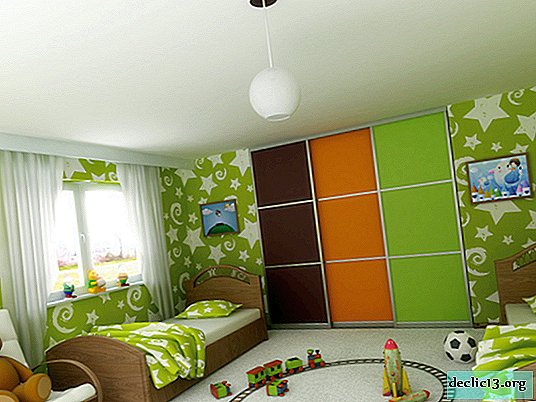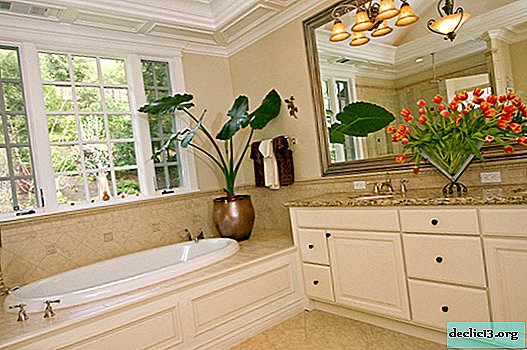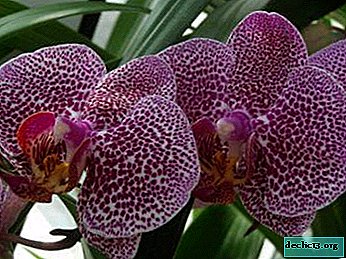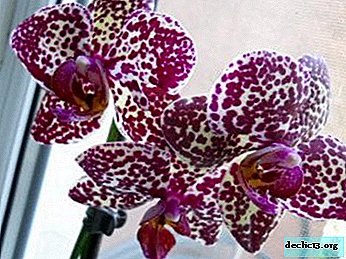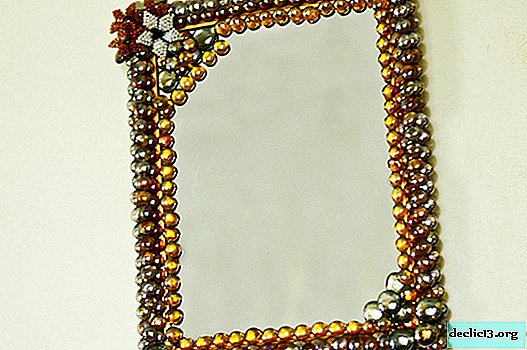LED lights in the interior
Not so long ago, LED lights were not heard, then they began to be used only to illuminate certain areas of the room. Now LED lighting has been widely used and is actively used in most homes.
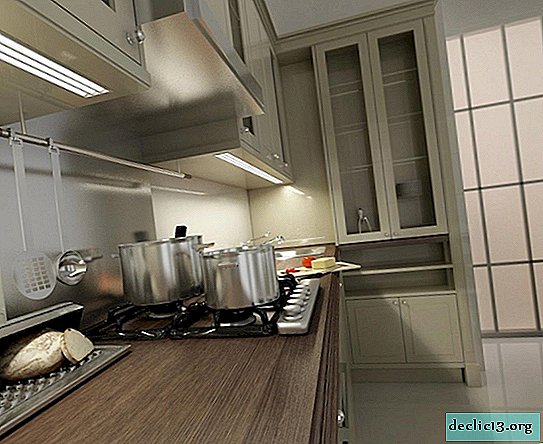











Advantages of LEDs
LED luminaires are becoming more and more popular, and this is easily explained, because they have several advantages in comparison with other types of lighting:
- A long period of operation - if the installation was carried out correctly, and the power supply in the house is stable, then the service life will be about one hundred thousand hours of active use. If all the components of the LED system are made efficiently, then it can last about 25 years (if you use a lamp for 10-12 hours a day). The period of use of ordinary incandescent bulbs is a hundred, or even more times less. In addition, it should be borne in mind that the quality of such lamps directly depends on the frequency and the number of on / off switches.
- Profitability is another plus that immediately becomes noticeable, because their efficiency is 22 percent, and with a conventional incandescent lamp, only 2.5% is converted into light, because everything else is spent on heating the tungsten filament, stabilizers, converting electric current into the light.
- The direction of the glow - the luminous flux in LED lamps is sent only to one hemisphere, so there is no need to equip special reflectors. This option will reduce light losses even at least twice, as reflectors scatter another 55-65% of the light flux. Due to this, LEDs are most effective in spot lighting.
- Stable lighting - LEDs generate an even luminous flux without any flicker, which makes them much better than incandescent or fluorescent lamps. The trembling of light does not fix the human brain, but it affects the eyes, which quickly get tired. This problem is especially noticeable when working on a PC or while reading.






- There is no inertia - the LEDs immediately light up at full power, and the tanning period is invisible.
- Environmental safety - LED lamps are absolutely safe, since they do not contain mercury vapor, unlike fluorescent lamps (if you break such a lamp, you need to carry out degassing in order to avoid possible poisoning). LED lamps do not need special maintenance or labor-intensive disposal.
- Reliability - the design of LEDs does not contain glass bulbs, which means that the mechanical strength is quite high. Durable polycarbonate glass can easily withstand both constant overloads and point impact loads.
- Modest size - this allows you to create small lighting systems. For example, chic LED panels have a thickness of less than one centimeter.
- No overload - when the LED lamp is turned on, a current of 0.5 to one ampere is consumed (at the same time, a gas-charging lamp consumes up to 4.5 amperes, causing an overload in the network).




Also, a great advantage will be the combination of LEDs in a single system with motion sensors, control of luminous intensity, clearance, as well as cameras and infrared sensors, regulators. For example, a specific lighting level is set in the room. Sensors scan the level of lighting during the day and adjust the power of artificial lighting, increasing it at night and decreasing during the day.
Despite all the charm of LED lamps, it should be said about the disadvantages. There are only two of them, however, they are quite significant. If the first is a price that pays off due to its long service life, then the second will have to be fought. The optimum temperature for the LEDs does not exceed 50 degrees, which means that you will need to take care of the heat sink when using extremely powerful LEDs.




















LED lights in the interior
Due to the compact dimensions, LED lamps can have different types of structures, which will make it possible to choose the optimal lamp for the type of room and its style direction.
Types of designs:
- For stretch ceilings - combined, several types are used. LEDs can adjust the light intensity, zoning the space, create a variety of lighting effects. For example, if we consider the kitchen as a studio, then in the kitchen itself you can use cold-colored lamps, and in the warm dining area.
- Stylish LED strips are emphasized on a multi-level ceiling, which will give the ceiling volume and sophistication.
- Spot - lamps with different colors of radiation, capable of giving multi-color lighting with shades. Such lamps will add color, both in the bedroom and in the nursery.
- Panels are best used in office premises, as the luminosity reaches 6 thousand lumens, and electricity consumption will be relatively small.
- Built-in LEDs - catchy and sophisticated fixtures with maximum conciseness. They provide a wide range of colors and have a variety of shapes.
- Chandelier. Due to their small dimensions, LED lamps provide the ability to produce a large number of light sources in one device. Thanks to this, designers have free hands and will be able to offer an infinite number of stylish and original ideas for decorating the room. If the interior has a classic style, then it is better to use a chandelier with candle lamps. The chandelier itself can be either from specially treated wood or from forged metal. Decorate the chandelier best with crystal pendants, glass with unusual shapes or matte inserts. If the style of the apartment is retro, then it is better to use a carob chandelier or a round lampshade on a cord. The largest and most difficult choice for lovers of modern styles, because here designers offer a lot of interesting options, each of which will harmoniously fit into any room.





If LED lamps are installed in the kitchen, bathroom or other room where excessive humidity is possible, then you should pay attention to special lamps. Conventional LEDs are very sensitive to moisture and can fail, so you need to focus on fixtures with waterproof surfaces and special properties.























